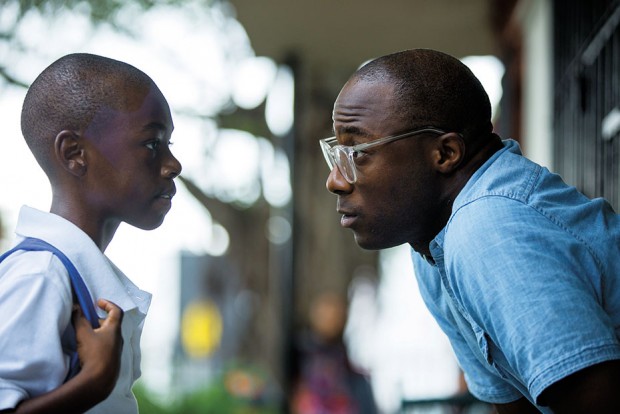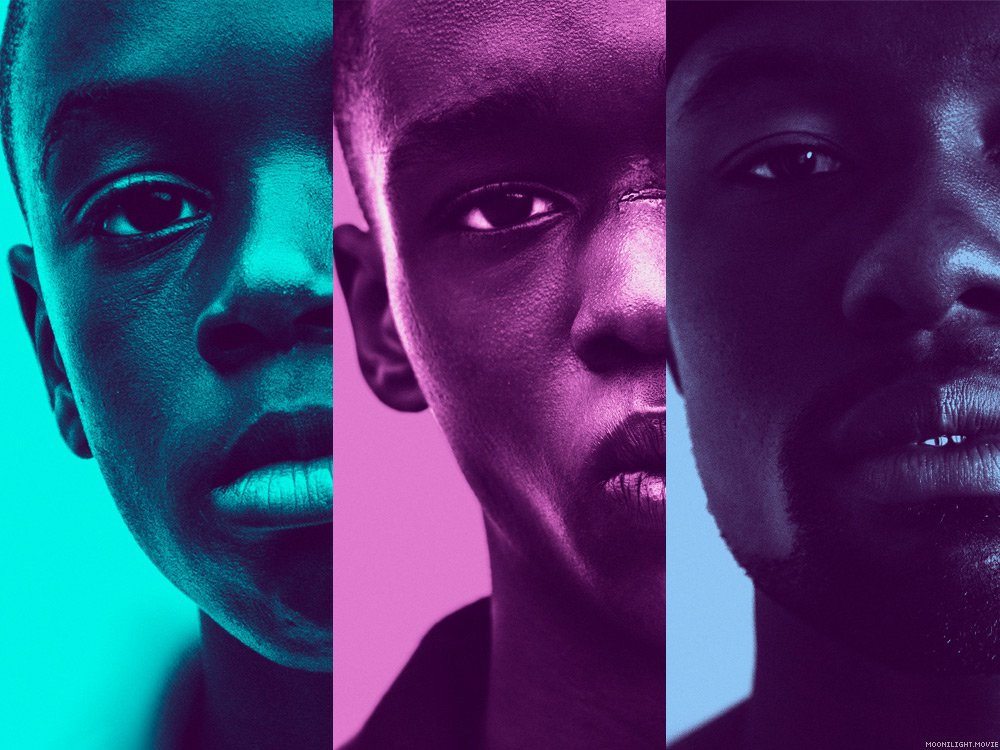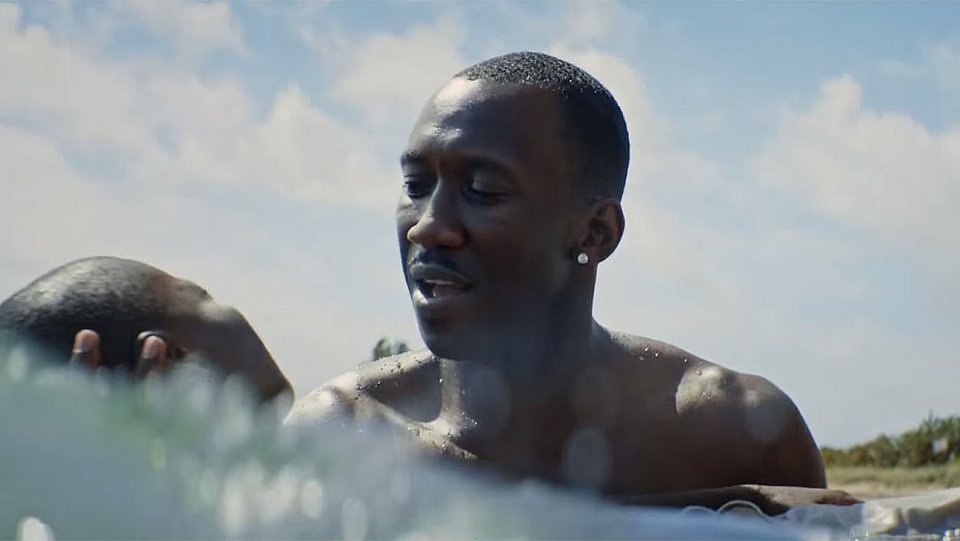With only one feature film under his belt (2008’s Medicine for Melancholy), Florida State film school alum Barry Jenkins was still searching for the big break to get his name on the independent film map. Up-and-coming indie studio tour-de-force A24 picked up a screenplay written by Jenkins and Tarell Alvin McCraney. Moonlight is an adaptation of McCraney’s semi-autobiographical stage play In Moonlight Black Boys Look Blue. With a modest budget of $4 million, Jenkins was on his way to craft a film to reflect his immense talent and attention to detail.

The careful and empathetic direction of Barry Jenkins drives the Moonlight performances
Moonlight follows the journey of coming-of-age subject Chiron Harris, and his challenges living in the harsh environment of an urban Miami neighborhood. He lives with his drug-addicted mother (Naomi Harris), who can barely take care of herself let alone her son. Chiron is mentored by Juan (Mahershala Ali), a drug dealer with a heart of gold who cares for “Little” and takes him under his wing along with Juan’s girlfriend Teresa (Janelle Monae).
What makes the story of Moonlight unique is the “triptych” style of story structure. Jenkins stages Chiron’s life at three crucial points in his development: first as “Little,” focusing on Chiron as a young boy meeting Juan and Teresa, then as “Chiron” in his high-school teenage years, and last as “Black,” with a fully-grown Chiron as an adult trying to make it on the streets.

The “tryptch” style narrative for Moonlight illustrated by the three actors playing Chiron
The viewer is left to fill in the gaps. Jenkins casts three separate actors in the lead role to give Chiron a unique characterization in each act, as well as working together as a cohesive whole. Little (Alex Hibbert) and Chiron (Ashton Sanders) deliver great performances as non-professional actors, handpicked by Jenkins for their authentic portrayals rooted in each character’s emotional state. As Black, Trevante Rhodes’ performance is matured and controlled with echoes of uncertainty and vulnerability despite the hardened exterior vital for the character’s final act. Chiron’s complicated relationship with Kevin is complemented in a similar fashion with Jaden Piner, Jharrel Jerome, and Andre Holland playing the role in each act, respectively.

An iconic shot from Moonlight with Juan (Mahershala Ali) and Little (Alex Hibbert)
The artistic beauty of Moonlight is substantial. Jenkins and cinematographer craft some beautifully executed shots, with a fluid moving camera twirling the audience through a beautiful but dangerous Miami landscape as Chiron feels the turmoil of life. Close-up shots of Chiron re-occur in similar style in all three acts, and shot/reverse-shot slow-motion sequences put the viewer in the hectic chaos displayed on screen (seen below). The precise nature of sound design compliments the visual coding on screen, disorienting the viewers at times when Chiron’s anxiety with a character interaction flares up. The shot-reverse-shot and POV style of shooting the scene, in slow-motion and with heightened emotional ferocity, jolts the viewer in the same traumatic fashion it’s protagonist is being triggered. The musical score by Nicholas Britell is striking and emotionally moving, pairing the visuals and performances on screen.
With a prominently black cast and crew tackling issues of race, sexual identity, toxic masculinity, and adverse childhood experiences, Moonlight is a coming-of-age drama unlike any that has come before it. With $60 million earned at the box office, and a critical darling run on the awards circuit (culminating in three Oscars including Best Picture), Moonlight depicts a young man in crisis: bullied and beaten by schoolmates, tortured by his developing sexuality, and desperately seeking the kind of love and adult mentorship every boy needs, whether black or white, straight or gay, closeted or out. The film’s attention to sound design, cinematography, and editing to bring us wholly inside Chiron’s experience is remarkable, as is the resilience the film’s protagonist must develop to find a life and love beyond the adversity he faces.

Recent Comments